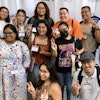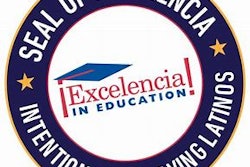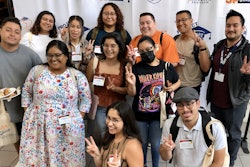ETS Study Looks at Fragile Futures of High-achieving Latino Students
DAVIS, Calif.
Many high-achieving Latino students miss the opportunity to succeed academically because their needs are poorly understood, according to a new report from ETS and a University of California, Davis, researcher. As a result, these students’ academic futures are left “hanging by a thin thread of hope.”
The report “Fragile Futures: Risk and Vulnerability Among Latino High Achievers,” was written by Patricia Gandara, a professor of education at UC Davis.
Using two national databases and including personal vignettes of high-achieving Latino students, Gandara’s report demonstrates how high-achieving Latino students’ personal and academic profiles differ from their non-Latino peers, and how these differences can result in academic risk and vulnerability. The report concludes with a series of recommendations including early identification and nurturance of the strengths of Latino students who are performing well in school.
“The achievement gap is not just a phenomenon that exists at the mid-range of scores,” explains Gandara, a leading expert in minority language instruction and Latino education issues. “It is a significant feature of achievement at the upper score ranges as well. It is imperative that interventions designed to close the achievement gap attend to the needs of the entire academic spectrum of Latino students.”
According to Gandara, factors such as language, culture and immigration status are all issues that can greatly affect these students’ motivation and ultimate achievement. For example, research shows that unlike other high-achieving students, Latinos who















